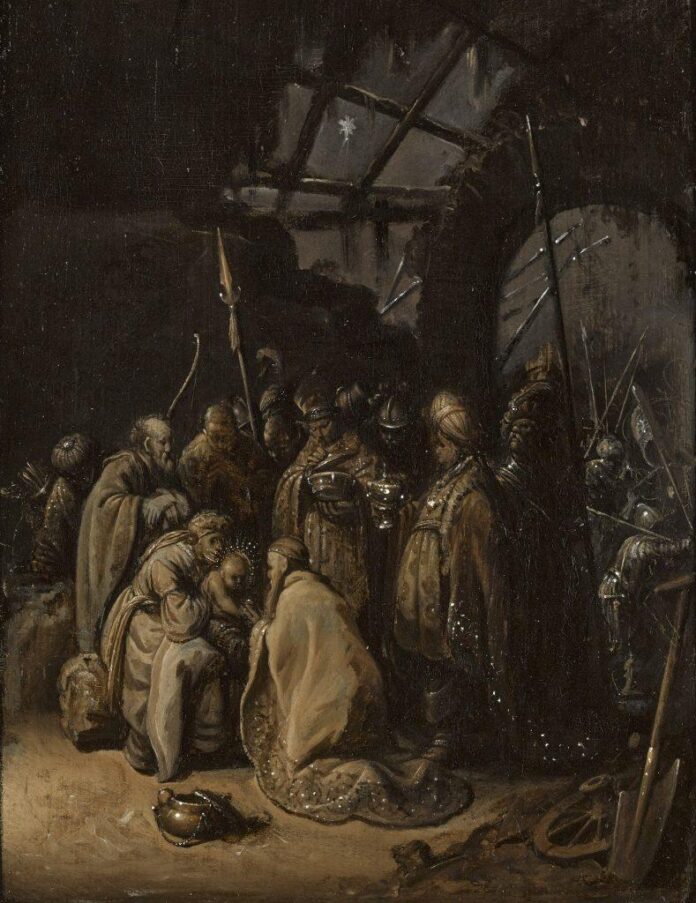Experts have reattributed a small Biblical painting, which disappeared from records for decades, to Rembrandt. The work will now be up for sale again at Sotheby’s this winter and could fetch more than $18 million.
The painting, titled (circa 1628), vanished from the public in the 1950s only to resurface in 2021 at a Christie’s sale in Amsterdam. The auction house catalogued it as a work from the “circle” of Rembrandt then, and estimated its value to be between $10,500 and $15,800. However, it ultimately sold for nearly $1 million, buoyed by bids from those who thought it might actually be by the Old Master.
After extensive examination—including infrared and x-ray imaging—as well as inspection from leading Rembrandt scholars, Sotheby’s has determined the work to be a real Rembrandt after all. The work will be included in the auction house’s Old Masters and 19th century paintings evening sale in London on December 6, backed by a third-party guarantee.
Sotheby’s said the work has been “entirely unseen” by scholars for nearly 75 years but that it is now already recognized as a “work of great significance” from early in Rembrandt’s career.
“All the hallmarks of his style in the late 1620s are evident both in the visible painted surface and in the underlying layers revealed by science, showing multiple changes in the course of its creation, and casting fresh light on how he thought,” said George Gordon, the global co-chairman of Old Master paintings at Sotheby’s.
According to the auction house, the shows the “intimate relationship” between painting, drawing, and printmaking in Rembrandt’s practice. At 9.6 inches by 7.2 inches, its small scale and nearly monotone palette is in keeping with other small, monochromatic paintings the artist made with the intention of creating etchings of the compositions.
The scene depicts the biblical account of foreign kings visiting Mary in a stable upon the birth of Jesus. It is visually and thematically similar to another alleged Rembrandt, , found in 2016.
Rembrandt’s style in this painting also “strongly echoes” that of Albrecht Altdorfer, according to Sotheby’s, though the former’s composition is considered “much more complex,” and infrared and x-ray imagery shows he made quite a few changes to it throughout the painting process.
The first record of comes from 1714 when it was listed in the inventory of the Dutch collector Constantijn Ranst, though Sotheby’s noted that it is hard to know for certain if that record—specifying “a small piece of the three Kings by Rembrandt”—is for this exact work.
More Trending Stories:

























